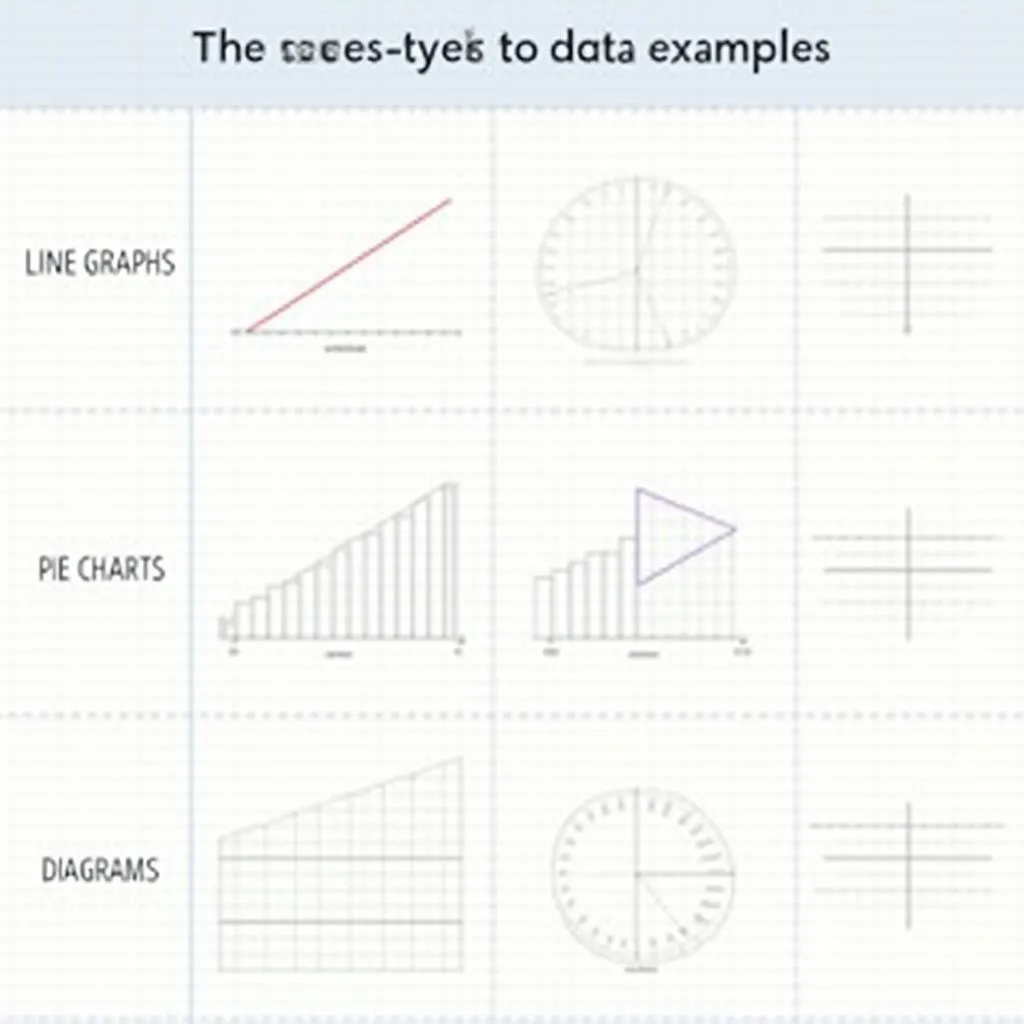Understanding IELTS Writing Task 1 Graphs
IELTS Writing Task 1 often requires candidates to describe visual information presented in graphs, charts, or diagrams. This task assesses your ability to interpret data and convey key information in a clear, organized manner. Understanding how to approach these graphs is crucial for achieving a high score in the IELTS Writing section.
Nội dung bài viết
- Understanding IELTS Writing Task 1 Graphs
- Types of Graphs in IELTS Writing Task 1
- Key Steps to Describe IELTS Writing Task 1 Graphs
- 1. Analyze the Graph
- 2. Plan Your Response
- 3. Write a Clear Introduction
- 4. Provide an Overview
- 5. Describe Specific Details
- 6. Use Appropriate Language
- 7. Avoid Personal Opinions
- 8. Check Your Work
- Common Mistakes to Avoid
- Practice Makes Perfect
Types of Graphs in IELTS Writing Task 1
Before diving into the description process, it’s essential to familiarize yourself with the common types of graphs you may encounter:
- Line graphs
- Bar charts
- Pie charts
- Tables
- Diagrams or processes
Each type of graph presents data differently, and your approach to describing them should be tailored accordingly.

Key Steps to Describe IELTS Writing Task 1 Graphs
1. Analyze the Graph
Begin by carefully examining the graph and its components:
- Identify the type of graph (e.g., line graph, bar chart)
- Understand what is being measured (x-axis and y-axis)
- Note the units of measurement
- Identify the time period if applicable
- Look for any significant trends, peaks, or troughs
Take a few minutes to gather this information before you start writing. This step is crucial for organizing your thoughts and ensuring you don’t miss any important details.
2. Plan Your Response
After analyzing the graph, structure your response:
- Introduction: Briefly describe what the graph shows
- Overview: Summarize the main trends or key features
- Detailed description: Discuss specific data points and comparisons
- Conclusion: Optional, but can be used to summarize or highlight the most significant aspect
Planning ensures your response is well-organized and covers all necessary information.
3. Write a Clear Introduction
Your introduction should paraphrase the question and provide a general description of the graph. For example:
“The line graph illustrates the changes in carbon dioxide emissions from three different sources in the United Kingdom from 1990 to 2010.”
Avoid copying the question verbatim. Instead, demonstrate your language skills by rephrasing the information.
4. Provide an Overview
The overview is a crucial component of your response. It should highlight the main trends or key features of the graph without going into specific numbers. For instance:
“Overall, emissions from solid fuel showed a significant decrease over the period, while emissions from liquid fuel remained relatively stable. Gas fuel emissions, however, experienced a notable increase, particularly in the latter half of the period.”
This overview gives the examiner a clear indication that you understand the big picture presented by the data.
5. Describe Specific Details
In this section, dive into the specific data points, trends, and comparisons. Use a variety of language to describe increases, decreases, and fluctuations. For example:
“Emissions from solid fuel decreased dramatically from approximately 250 million tonnes in 1990 to around 100 million tonnes in 2010, a reduction of about 60%.”
“In contrast, gas fuel emissions rose steadily, starting at roughly 100 million tonnes in 1990 and reaching a peak of about 180 million tonnes by 2010, an increase of 80%.”
Remember to group related information and use appropriate transition words to maintain flow and coherence.
6. Use Appropriate Language
When describing graphs, use specific vocabulary and grammatical structures:
- Verbs: increase, decrease, rise, fall, remain stable, fluctuate
- Adverbs: sharply, gradually, slightly, dramatically
- Comparatives and superlatives: higher than, the highest, more significant than
- Prepositions of time: from 1990 to 2010, over the period, by the end of
Vary your language to demonstrate a wide vocabulary range, but ensure accuracy in your descriptions.
7. Avoid Personal Opinions
Stick to describing the information presented in the graph. Do not include personal opinions or speculate on reasons for trends unless specifically asked to do so.
8. Check Your Work
After completing your response, review it for:
- Accuracy of data interpretation
- Proper use of grammar and vocabulary
- Logical organization and flow
- Adherence to the word count (aim for 150-180 words)
Common Mistakes to Avoid
When describing IELTS Writing Task 1 graphs, be aware of these common pitfalls:
- Copying the question or graph title verbatim
- Failing to provide an overview
- Including irrelevant information not shown in the graph
- Describing every single data point instead of focusing on key trends
- Using informal language or personal opinions
- Neglecting to group similar data or use comparison language
- Misinterpreting the scale or units of measurement
By avoiding these mistakes and following the steps outlined above, you can improve your ability to describe IELTS Writing Task 1 graphs effectively.
Practice Makes Perfect
Improving your graph description skills requires consistent practice. Try these steps:
- Regularly analyze graphs from various sources (newspapers, academic journals)
- Time yourself describing graphs within the 20-minute limit
- Review sample answers and compare them to your responses
- Seek feedback from IELTS tutors or study groups
- Build a vocabulary bank specific to data description
Remember, mastering IELTS Writing Task 1 graph descriptions is a skill that develops over time. With dedicated practice and attention to detail, you can significantly enhance your performance in this crucial part of the IELTS Writing test.